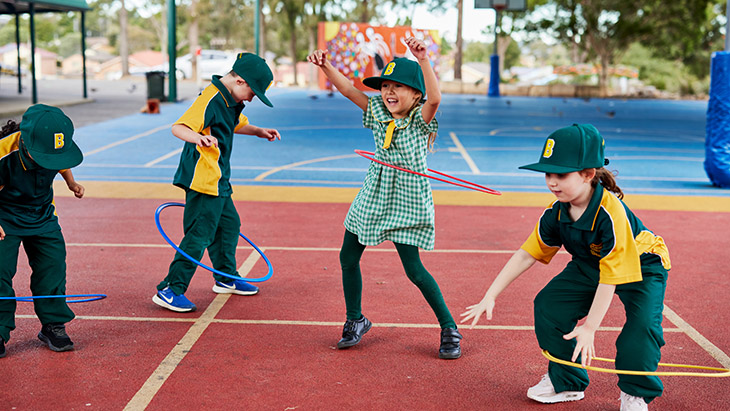Evidence-based strategies for communication and language disorders
Work collaboratively
Acquire more information
Talk to the student, their family and support team to find the best methods of communication and support. This can help you understand the student’s unique strengths, preferences, and the areas they may require support.
Build a relationship with other professionals
Working together can lead to a shared understanding of the student and consistent goals and strategies used across school and other environments like home and the community.
Provide effective feedback
Give effective, explicit and actionable feedback
Providing immediate effective verbal feedback if the student mispronounces words or sentences can help a student with language if this is done in a way that does not cause embarrassment.
Consider repeating what the student has said, with the correct word or sentence structure, in a question format. Another option is to give the student choices between the incorrect and correct variations to help them process what is being said.
Consider how you give instructions and communicate
Give simple, specific and direct instructions
This might allow the student to be a bit clearer about the learning tasks. It can also help to demonstrate/model the task or behaviour, or ask another student to demonstrate.
Use different modes to give instructions and communicate
Visual aids, such as picture cards, can be used in addition to verbal instructions to show a task sequence or a key learning concept. Other options include captioned videos to teach a skill or play activity, or using gestures while giving instructions.
